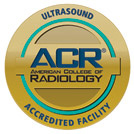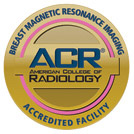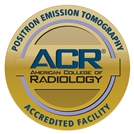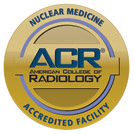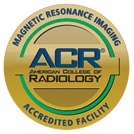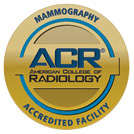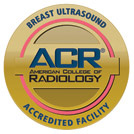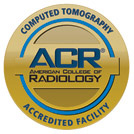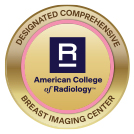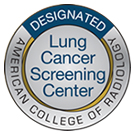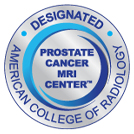If your thyroid has a nodule or other abnormality, a doctor may request an ultrasound-guided fine needle aspiration biopsy. This procedure first uses soundwaves to detect its presence, then a tissue sample is extracted for examination under a microscope. Compared to traditional surgical biopsy, it’s less invasive, far less likely to leave a scar and does not expose the patient to ionizing radiation.
What Is Ultrasound-Guided Fine Needle Aspiration Biopsy?
The thyroid gland is located toward the front of the neck. Shaped like a butterfly, it has lobe formations on either side, which a band of tissue connects. Traditional imaging can identify abnormalities and nodules, yet these procedures cannot always determine if the growth is benign or cancerous.
A needle biopsy or aspiration helps make this distinction. A hollow needle removes a small portion of cells, which a pathologist will later assess and use to make a diagnosis.
During the procedure, the physician uses a fine gauge needle alone or attached to a syringe, which assists with extracting the cells.
Ultrasound technology is used to identify the placement of the nodule or abnormality and guide the needle toward its location. Ultrasound involves a computer console, video screen and a transducer that emits inaudible, high-frequency soundwaves. Similar to sonar technology, the soundwaves pass through the skin and into the body, and the transducer waits for the echo to return. Gel applied to the skin facilitates a stronger connection by eliminating air pockets.
As wave characteristics, including amplitude, pitch and time change when they pass through different body parts, the echoes assist with forming an image of the thyroid and nodule on a computer screen.
Who Should Have This Procedure?
An ultrasound-guided fine needle aspiration biopsy may be requested when a patient has a nodule or another abnormal growth on the thyroid and imaging cannot determine if it’s malignant or benign.
In terms of making a diagnosis, the results are roughly 95 percent accurate for sufficient samples, is less invasive than open and closed surgical biopsies, and can be just as reliable. For these two surgical options, a larger incision is made and local or general anesthesia is used. In turn, patients recover in less time and experience less pain after undergoing an ultrasound-guided fine needle aspiration biopsy.
Nevertheless, the procedure comes with a few risks. Because a small incision is made, infection and bleeding at the biopsy site remain a possibility, and adjacent body structures may be damaged.
In a handful of cases, the specimen drawn may not be sufficient for diagnosis. As such, these patients may have to undergo the biopsy more than once to retrieve enough tissue.
Preparation
Patients scheduled for an ultrasound-guided fine needle aspiration biopsy of the thyroid have minimal preparation. However, it’s recommended you discuss the medications you currently use with your doctor, including aspirin and blood thinners.
On the day of the procedure:
- You will lie on your back with a pillow placed under your shoulders. Your head will be tipped backward, so your neck is more exposed.
- Your neck will be cleaned with antiseptic. A numbing medication may also be used.
- A water-soluble gel will be applied over the thyroid nodule’s location. The technologist will then go over the area with a transducer. You may feel a bit of pressure.
- Patients are asked to avoid talking, coughing or swallowing and should remain still.
- The needle will be inserted using imaging guidance and travels toward the nodule.
- Once in place, the needle removes a sample of tissue.
- If more than one sample is needed, multiple needles will be used.
- After the biopsy is done, the needle will be withdrawn and pressure applied to the area to decrease the risk of bleeding. Although a bandage may be applied, sutures are rarely used.
Following the procedure, you will be given aftercare instructions. However, most individuals can resume their regular activities and remove the bandage later that day. Keep in mind that the biopsy site may feel sore for the next couple of days. If this is the case, taking a nonprescription pain medication, like acetaminophen, can lessen the sensation.
In the meantime, a pathologist reviews the samples obtained and will make a diagnosis, which will guide any future treatment plans. Patients will come back for a follow-up visit to discuss the results.
Has your doctor recommended an ultrasound-guided fine needle aspiration biopsy of the thyroid? Contact us to make an appointment today!





